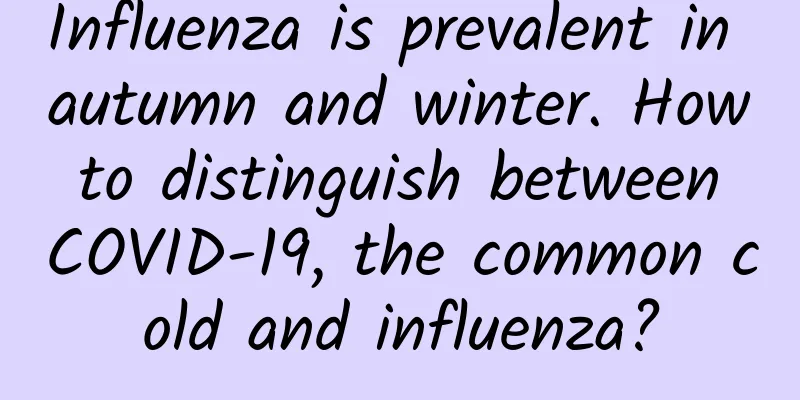The efficacy and function of Campanula

|
Traditional Chinese medicine has a history of thousands of years. It has appeared at a very early time, and it has very satisfactory effects on the treatment of diseases. There are many types of traditional Chinese medicine. Do you know the medicinal material Campanula? 【Other name】 Forsythia suspensa [Source] Medicinal material source: the fruit shell, root or leaf of Campanula odorata of the Oleaceae family. [Original form] Deciduous shrub, up to 3m tall. The whole plant is glabrous except for the eyelashes on the edges of the calyx lobes. The twigs are green or yellow-green, quadrangular, with obvious lenticels and lamellar pith. Petiole 6-12mm long; leaf blade oblong to lanceolate, or obovate-oblong, 3.5-15cm long, 1-4cm wide, with acute tip and cuneate base, usually with irregular sharp serrations or coarse serrations in the upper half, rarely nearly entire. 1-3 flowers are borne in leaf axils and open before leaves; pedicels are 3-7mm long; calyx is 3.5-5mm long, lobes are green, ovate, and have eyelashes; corolla is dark yellow, 1.1-2.5cm long, corolla tube is 5-6mm long, lobes are narrowly oblong to oblong, with orange-yellow stripes at the base of the inner surface, curled; in flowers with stamens 3.5-5mm long, pistil is 5.5-7mm long, in flowers with stamens 6-7mm long, pistil is about 3mm long. The fruit is ovate or broadly ovate, 1-1.5mm long, 0.6-1cm wide, with a slightly rounded base, a beak-shaped and acuminate tip, and lenticels; the fruit pedicel is 3-7mm long. The flowering period is March-April, and the fruiting period is August-November. [Habitat distribution] Ecological environment: grows in hillside bushes, stream banks, and forest edges. [Cultivation] The biological characteristics are that of a temperate and subtropical tree species. It likes light and tolerates semi-shade, is drought-resistant and cold-resistant, and avoids moisture and waterlogging. It grows on the gentle ground of semi-shaded slopes of mountains at an altitude of 400 to 1200 meters. [Properties] Identification by properties: The leaves are mostly wrinkled and curled, and when flattened, they are elliptical, oblong to lanceolate, 5-14cm long, 1.5-4cm wide, with a sharp tip, a cuneate base, and serrations on the edges. The upper surface is dark green, and the lower surface is light green; the petiole is 0.5-1cm long. It has a faint smell and a bitter taste. The fruit is ovoid, 1-1.5 cm long and about 1 cm in diameter. It often splits into two separate lobes, each with a residual membranous septum in the middle. The tip is curled outward and the base is blunt. The surface is yellow-brown to yellow-brown, with irregular vertical and horizontal fine veins, many small nodules distributed on both sides of the longitudinal groove from the middle to the top, and there are fruit stalks or fruit stalk marks at the base. Hard and brittle. It has a faint smell and a bitter taste. [Chemical composition] The leaves contain arctiin, arcti-genin, matairesinol, mata-iresinoside [1,2], isoquercitrin, astraga-lin [1], acteoside, β-hydroxy-acteoside [3]. The fruit contains arctiin[4,5], arctigenin, eugenol, eugenol glycosides, rutin, betulinic acid, ursolic acid, oleanolic acid[5], eugenol glycosides and β-hydroxyeugenol glycosides[6]. 【Nature and flavor】 Bitter; Cool 【Functions and indications】 Clears away heat; detoxifies; disperses nodules. Mainly used for cold and fever; red and swollen eyes [Usage and Dosage] For oral use: decocted in water, 10-15g; double the amount for fresh product. For external use: take appropriate amount and wash with decoction. [Discussions by various scholars] "Xinhua Compendium of Materia Medica" Roots, leaves, and fruit shells: bitter in taste, warm in nature. It has the effects of clearing away heat, detoxifying, removing dampness and purging fire. 【Excerpt】 Chinese Materia Medica The above is a detailed analysis of campanula. Now that you have learned about the various effects of campanula, you must remember these effects so that when you encounter these problems, you can use the magical effects of campanula to restore their health and happiness. |
<<: The efficacy and function of Acacia
>>: Effects and functions of Artemisia capillaris
Recommend
The efficacy and function of cat eyes
Traditional Chinese medicine is very helpful in t...
The efficacy and function of Xiatianqu
Xiatianqu is a very common Chinese medicine and a...
The efficacy and function of winged euonymus
Do you know what winged euonymus is? If you know,...
What are some things you thought were disadvantages that are actually advantages?
One minute with the doctor, the postures are cons...
What are the effects of eating Polygonum multiflorum?
Polygonum multiflorum has many benefits for our b...
The efficacy and function of Tibetan chicken claw grass
The development of Western medicine has brought s...
The efficacy and function of Polygonum hydropiper
Polygonum hydropiper has the effects of reducing ...
The efficacy and function of red wheel Senecio
Traditional Chinese medicine culture is profound ...
The efficacy and function of bitter white hoof
Traditional Chinese medicine is very effective in...
The sweetness is too high! It turns out that a "straight man" confession can be sweet beyond measure~~
Who says romance is only about sweet words and co...
Can coptis root plus rock sugar cure bad breath?
Coptis chinensis and rock sugar can generally hel...
The efficacy of detoxifying cream
Many times, whether it is environmental or dietar...
The efficacy and function of thorny grape root
Diseases require improvement through medicine. Di...
The efficacy and function of Malay syrup
There are so many medicinal herbs in the world, a...









